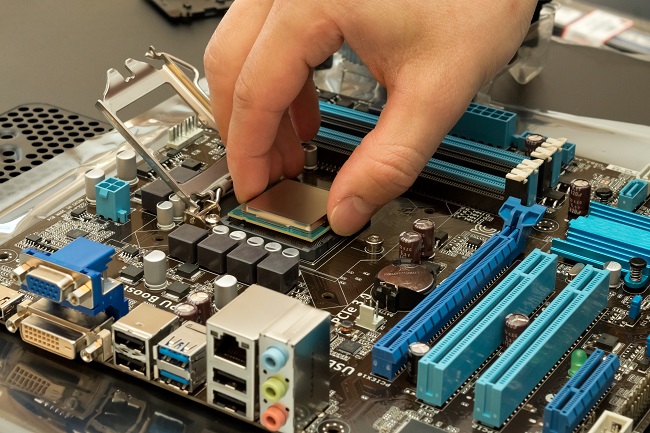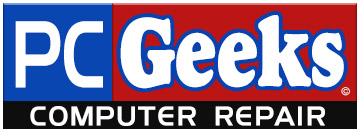4 Factors You Need to Consider Before Replacing Your Motherboard
The motherboard is the heart and soul of your computer. A lot of errors can occur with your computer, but replacing your motherboard should be a last resort for repair purposes. Motherboard Repair is complicated, especially with frequent changes in technology. Before you decide to replace your motherboard, rule out other factors that could cause a problem. Here are five things you should look for before considering replacing your motherboard.

1. Crashes and Errors
You may get the notion to open your hard drive and poke around to attempt to fix or analyze a few problems, but before you risk doing more damage to your computer, analyze your system and the settings of your applications. These two tasks can only be rendered if you can boot your computer correctly.
Sometimes your computer enters sleep mode, which is not an issue or problem with your computer. Sleep mode can make your monitor’s screen black or blue. Striking a key on the keyboard or moving the mouse will take the computer out of sleep mode. This status occurs when there is inactivity on your computer for a certain amount of time. Changing this setting is completed by changing your computer’s power options.
You may have installed a program that conflicts with other software, causing error alerts on your computer. A simple fix for this situation is system restore. Choose a restore point you feel your computer was working properly, and restore your computer. If you are experiencing many error alerts or storage behavior from your computer, factory reset your computer. This reset will restore your computer to its out-of-the-box state when you purchased it.
2. Check Your Connections
Loose cords and external connections can cause computer problems. A loose power cord can cause computer problems, such as shutting down due to lack of charge or improper charge. Make sure all cords and attachments are tight and secure. External hard drives, flash drives, and booting CDs are all things that could prohibit your computer from starting correctly because the computer could be trying to boot from one of these devices.
3. Listen to the Beeps
If you can’t successfully boot your computer, turn it on and listen for a series of beeps. Your computer can tell you what the problem is with a series of beeps. Four beeps distinguish issues with parallel or serial ports and followed by four, three or two more beeps. If there is a problem with your motherboard, you will hear one beep following five, four, or three beeps.
4. Inspect Your Hardware
If you are tech-savvy, you may be comfortable checking your computer’s hardware. If not, you may want to take it to a professional. If you are inspecting your hardware yourself, the first thing you should check are plugs, cables, and wires. They need to be securely in their designated location. Next, you need to check for damage that stands out, such as broken wires and burnt items. If you have extra computer parts lying around, change them out to see if some of your computer’s issues improve.
Don’t attempt to make repairs on your computer if you are not familiar with the inside of a computer; this could cause further damage that could be expensive. If you have an existing warranty on your computer, now would be the time to use it. If not, you can take it to a professional computer tech and have them make the necessary repairs. Contact us today to learn more about your motherboard and available options.
